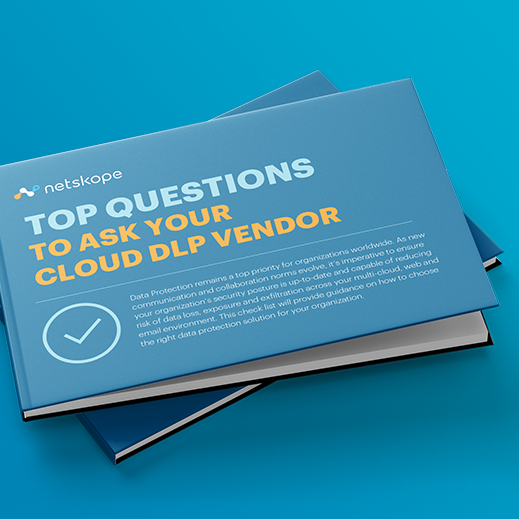Netskope secures the usage of generative AI and ChatGPT to enable innovation while maintaining robust data protection. Netskope DLP identifies flows of sensitive data with the highest level of precision, preventing any unsafe exposure on SaaS applications like ChatGPT, as well as on personal instances.
Application access control
Netskope provides automated tools for security teams to continuously monitor what applications (such as ChatGPT) corporate users attempt to access, how, when, from where, with what frequency etc.
Advanced detection and safeguarding of sensitive data
With Netskope’s data loss prevention (DLP), powered by ML and AI models, thousands of file types, personally identifiable information, intellectual property (IP), financial records and other sensitive data are confidently identified and automatically protected from unwanted and non-compliant exposure.
Netskope detects and secures sensitive data in-motion, at-rest and in-use and through every possible user connection, in the office, in the datacenter, at home and on the road.
Real-time data protection and automatic user coaching
Netskope DLP offers several enforcement options to stop and limit the upload and posting of highly sensitive data through ChatGPT. This real-time enforcement applies to every user connection, ensuring data protection in the modern hybrid work environment where corporate users connect from the office, home, and while on the road.
Solution brief Netskope for ChatGPT and Generative AI Data Protection
Demo: Safely Enable ChatGPT





 Back
Back


















